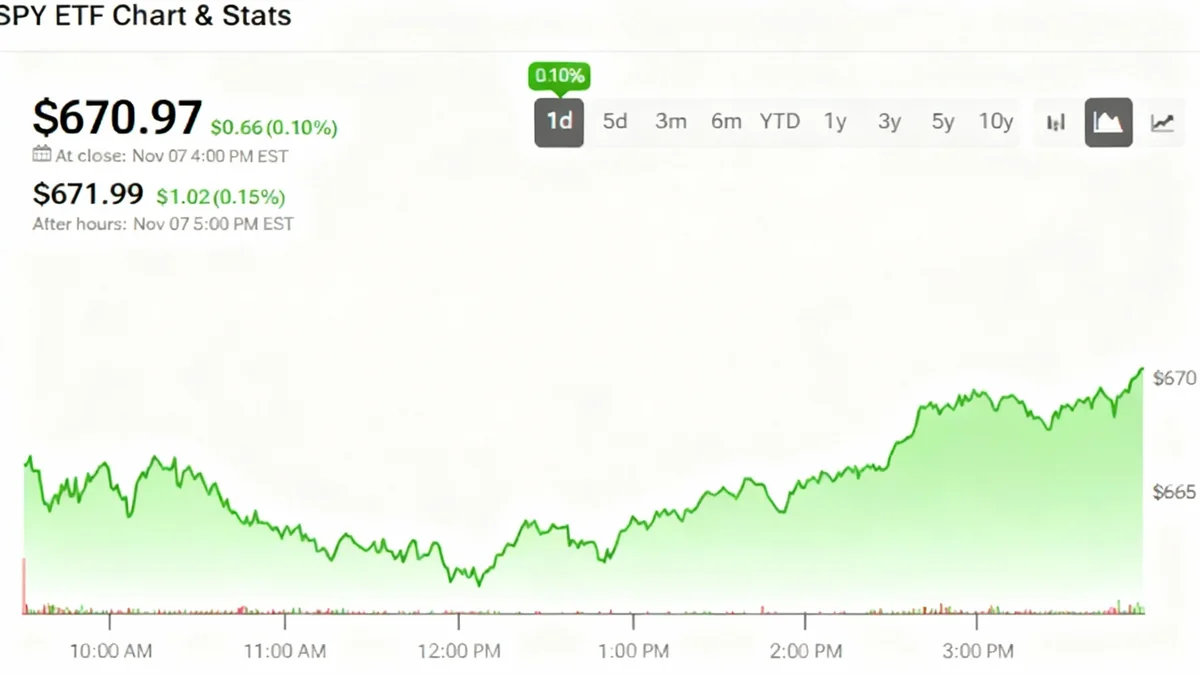The euro has strengthened against the U.S. dollar, climbing above the $1.1750 mark this week. The dollar's decline follows a surprise drop in U.S. private sector employment and growing concerns over a potential government shutdown, creating significant uncertainty for currency traders and economic policymakers.
Key Takeaways
- The EUR/USD currency pair rose above $1.1750 as the U.S. dollar faced downward pressure.
- A report from ADP showed the U.S. private sector unexpectedly lost 32,000 jobs in September, contrary to economists' forecasts of a 50,000 gain.
- A U.S. government shutdown threatens the release of the official Non-Farm Payrolls (NFP) report, a critical economic indicator.
- This lack of clear economic data complicates the Federal Reserve's upcoming interest rate decisions, leaving the dollar's short-term direction uncertain.
Dollar Falters on Weak Employment Data
The primary catalyst for the dollar's recent weakness was a surprising report on the U.S. labor market. According to data released by ADP, a payroll processing firm, private sector employment fell by 32,000 jobs in September. This result was a significant departure from market expectations, as economists had projected an increase of approximately 50,000 jobs for the month.
The negative print immediately raised concerns about the health of the U.S. economy. For currency markets, weak employment figures typically signal a weaker dollar because they can influence the Federal Reserve to adopt a more dovish monetary policy, such as lowering interest rates, to stimulate economic activity.
ADP Report at a Glance
- Actual Change: -32,000 jobs
- Economist Consensus: +50,000 jobs
- Implication: Suggests a potential cooling in the U.S. labor market.
While the ADP report is often seen as a precursor to the government's official jobs data, it is not always a perfect predictor. However, in the current environment, its importance has been amplified by external factors affecting the release of official statistics.
Government Shutdown Clouds Economic Picture
Compounding the market's anxiety is the looming threat of a U.S. government shutdown. If federal agencies cease non-essential operations, the release of key economic data could be delayed or canceled. This includes the highly anticipated Non-Farm Payrolls (NFP) report, which is considered the most comprehensive monthly snapshot of the U.S. labor market.
The potential absence of the NFP report creates a significant data vacuum for traders and central bankers alike. Without this benchmark, assessing the true state of U.S. employment becomes much more difficult. This uncertainty makes it harder to price assets accurately and predict future policy moves.
Why the NFP Report is Crucial
The Non-Farm Payrolls report is the single most important piece of economic data for currency traders. It provides a detailed breakdown of job creation, the unemployment rate, and wage growth. The Federal Reserve relies heavily on this data to fulfill its dual mandate of maintaining maximum employment and price stability. A strong report can boost the dollar, while a weak one often leads to its decline.
The EUR/USD pair has capitalized on this confusion. The euro has now posted gains in four of the last five trading sessions, demonstrating how market participants are shifting away from the dollar amid the lack of clarity.
Federal Reserve Faces a Policy Dilemma
The current situation presents a significant challenge for the Federal Reserve. Policymakers are scheduled to meet in late October to decide on interest rates, and their decision is heavily data-dependent. Markets have already been pricing in the possibility of at least one quarter-point interest rate cut by the end of the year.
However, if the Fed does not receive the NFP report and other key labor market statistics, it may be reluctant to make an aggressive policy move. Acting on incomplete or unofficial data like the ADP report could be risky. This hesitation could, paradoxically, offer some support to the dollar by preventing a deep rate cut.
"Without official NFP confirmation, it’s all just guesswork. If policymakers don’t get fresh labor data, they may hesitate to move too aggressively."
This dynamic explains why the dollar has not fallen more sharply despite the negative ADP number. While weak data points to a rate cut, the uncertainty surrounding official data releases is keeping traders from making large, directional bets against the greenback.
Outlook for EUR/USD Remains Unclear
The path forward for the EUR/USD pair is highly dependent on developments in Washington. A swift resolution to the government shutdown that allows for the timely release of the NFP report would bring much-needed clarity to the market. If the NFP confirms the weakness seen in the ADP report, the dollar could see further declines.
Conversely, if the NFP is stronger than expected or if its release is indefinitely delayed, the market could remain in a state of confusion. In such a scenario, the dollar might stabilize as the Federal Reserve is likely to adopt a more cautious, wait-and-see approach.
For now, the euro is benefiting from the dollar's predicament. However, the currency pair's next major move will be dictated not by economic fundamentals alone, but by the ability of U.S. government agencies to resume their normal functions and provide the data that global markets rely upon.





